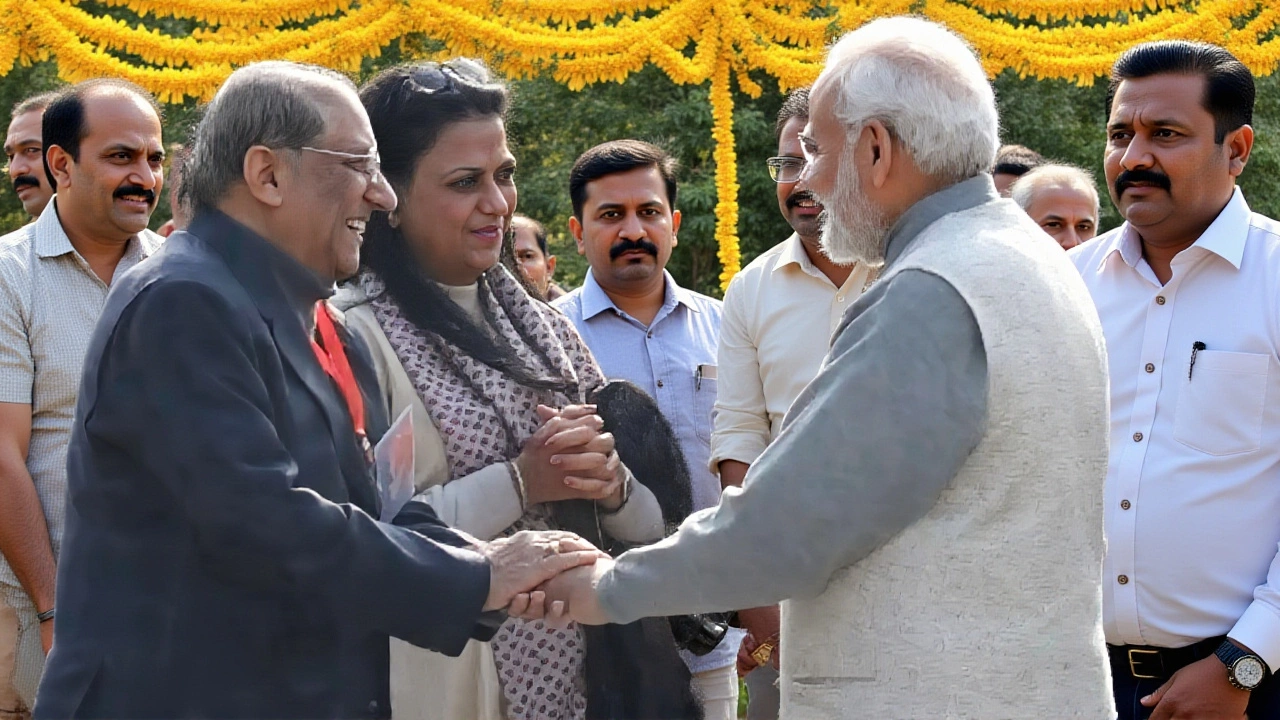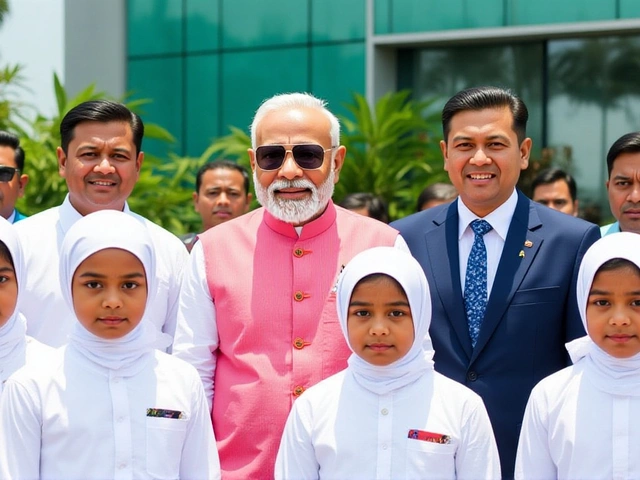1999 election: A deep look at India's political turning point
When studying 1999 election, the Indian general election held in September‑October 1999 that decided the composition of the 13th Lok Sabha, you step into a pivotal moment in modern Indian politics. Also known as the 1999 Indian general election, it brought the National Democratic Alliance to power under Prime Minister Atal Bihari Vajpayee. The 1999 election encompasses the contest for Lok Sabha seats, demands coalition building, and influences the nation’s policy direction for years to come.
The first major player was the National Democratic Alliance (NDA), a coalition of right‑leaning parties led by the Bharatiya Janata Party. By joining forces with regional allies such as the Samata Party and Shiv Sena, the NDA secured a clear majority, showing how coalition politics can convert fragmented votes into a governing mandate. In contrast, the Indian National Congress, the historic centre‑left party that had ruled for decades struggled to unite its base, highlighting the importance of internal cohesion during multi‑party contests. Meanwhile, the Lok Sabha, the lower house of India’s parliament where elected representatives debate and pass laws expanded to 543 seats, making the 1999 election a massive logistical exercise that tested the Election Commission’s capacity.
Why the 1999 election still matters
Voter turnout hovered around 58%, a signal that many citizens were eager to shape the country’s future after the instability of 1998. The results gave Atal Bihari Vajpayee a solid platform to launch economic reforms, improve infrastructure, and pursue a more assertive foreign policy. These outcomes illustrate a core semantic triple: the 1999 election influences economic policy, which in turn affects regional development. Another triple links the election to media coverage – the rise of 24‑hour news channels amplified campaign messaging, showing how media dynamics affect voter perception. Finally, the election’s coalition model set a template for future contests, proving that diverse regional parties can unite under a common agenda.
Below you’ll find a curated mix of articles that unpack different angles of this historic vote – from detailed seat‑by‑seat analyses to profiles of key personalities and the lasting impact on India’s political fabric. Dive in to see how each piece adds a layer to the broader story of the 1999 election.

